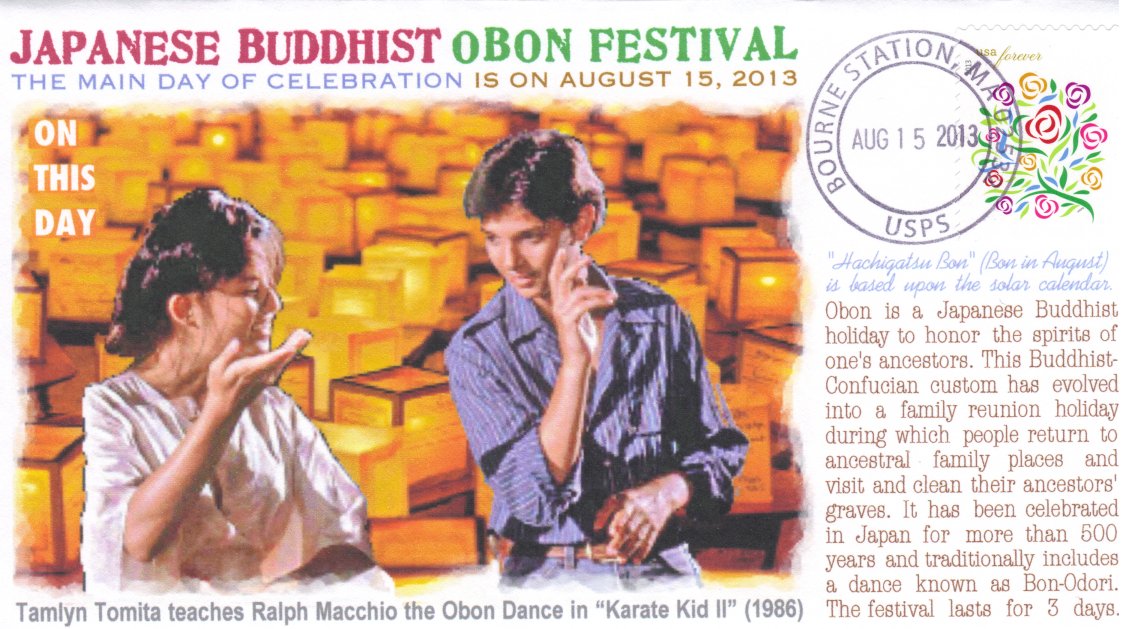
Japanese Festivals and Holidays

The term matsuri means "festival" in Japanese. One of the origins of matsuri can be found in Shinto, where the living "woship" their ancestors. I personally don't like the term "worship" here since it has so many stereotypical connotations; I think "respect with great honor" might be more suitable. In either event, the ancestor might be asked for favors, guidance, lessons, etc. The place for the ancestor to be worshipped should be clean and the worshipper should be purified through cleansing and meditation.
These places of worship can range from household shrines to small shrines built outside the house all the way to regular buildings. The person worshipping the ancestor is usually a direct bloodline descendant, or at the very least a spiritual descendant of the person. The matsuri todays are more informal in nature, though, often with large numbers of people participating.
From Matsuri: Festivals of a Japanese Town, 1993:
In Japan a matsuri is usually performed by a trained kannushi (Shinto priest) or bonze (Buddhist priest) in a shrine or in a place designated a shrine for the purpose. There may be more than one ritual and one shrine involved in a single matsuri.
Festivals and the rituals involved in them are also important social affairs. In addition to its purported religious benefits, a ritual is an opportunity to demonstrate wealth, power, status, good fellowship, and cooperation.
In most festivals in Japan, a special ritual object, usually shaped like a miniature shrine and said to contain some aspect or all of the kami, is paraded through the kami's parrish. The parade is called shinko shiki and is considered by laypersons and ritual experts alike to be a review of the parish by its kami.
Food and Festivals: Japan

This is a book for quite young readers about the foods and festivals of Japan. It has a lot of beautiful photos in it, and actually includes a number of recipes and instructions for preparation of the dishes.
It's really a cute book and gives a good introduction to the foods and festivals of that country.
Celebrate Japan

This is a book for younger readers on the various festivals of Japan. It includes some really delightful artwork and lots of things that the young readers can make and do to learn more about the festivals.
Japanese Children's Day and the Obon Festival
This is a book for young readers about two of Japan's major festivals. One of them celebrates Children's Day, which is when the Japanese basically honor their young children. Girls will put a special set of dolls on display, and families who have boys will fly a wind-catcher in the shape of a carp.
Obon, on the other hand, is the day that the Japanese honor their dead. The dead are supposed to visit for a few days, and things are done in their honor, and then they return to wherever they were.
The book has a lot of photos in it and is quite interesting.

What I will do here is to go over the various festivals and holidays for each month. This is not, of course, a complete listing and I will add more as I learn more.
Main Index
Japan main page
Japanese-American Internment Camps index page
Japan and World War II index page
|